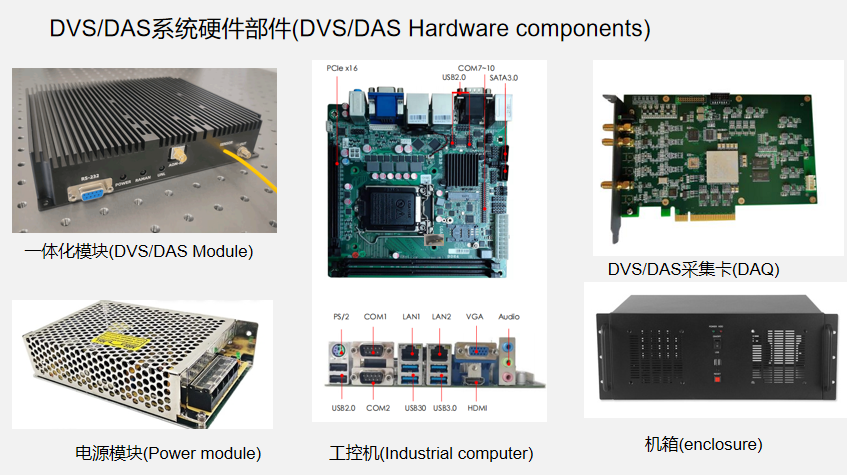Distributed fiber optic vibration sensing (DVS) principle and introduction
I. System Introduction
Distributed Optical Fiber Vibration Sensing System (DVS) is an optical instrument that uses optical fibers as sensors for vibration sensing, which uses a single optical fiber for both vibration monitoring and signal transmission.
Distributed fiber optic sensing technology is an emerging sensing technology, which directly uses the monitoring fiber optic cable laid in the same trench as a sensor, making full use of the characteristics of continuous spatial distribution of fiber optics, "transmission" and "sensing" in one, which can realize the distribution of physical parameter information at any point along the fiber, with the advantages of rich measurement information, precise positioning, intrinsic safety, etc. Moreover, fiber optic sensing technology is based on light waves as the carrier and fiber optic as the medium, compared with traditional electrical sensors, fiber optic sensors have the advantages of high measurement accuracy, anti-electromagnetic interference, intrinsically safe, small and light, suitable for remote transmission, etc., especially suitable for applications in electric power, petroleum and petrochemical, transportation, bridges, dams and other fields. By laying the detection fiber optic cable along the pipeline in the same trench or in parallel, the temperature, strain and vibration (sound) information at any point along the pipeline can be obtained in real time to realize real-time monitoring of abnormal conditions such as leakage, oil theft by drilling and geological disasters along the pipeline, which has the advantages of long measuring distance, continuous distributed measurement, precise positioning, simple installation, safety and reliability, strong scalability, etc. It will not cause any damage to the pipeline or affect its normal production, and is especially suitable for online monitoring applications of long-distance natural gas pipelines.
We know that the acoustic vibration signal is actually a vibration signal, usually we call the distributed fiber optic vibration system that can collect the acoustic signal DAS, and the distributed fiber optic vibration monitoring system that cannot restore the sound is called DVS, the difference between them is that DAS can do phase demodulation and can restore the sound linearly, while DVS cannot.
II. System principle
The distributed fiber optic vibration monitoring technology is based on the basic principle of Rayleigh scattering, combined with φ-OTDR (phase-sensitive optical time-domain reflection) technology and signal analysis and processing algorithms to achieve fiber optic vibration sensing and monitoring.
Distributed fiber optic vibration monitoring system, the system includes a data acquisition module, a signal amplification module, a signal acquisition module, a signal analysis module, a host computer, and a sensing fiber. The signal acquisition module is connected to the sensing optical fiber and the signal amplification module, respectively; the signal amplification module is connected to the data acquisition module; the upper computer is connected to the data acquisition module and the sensing optical fiber, respectively; and the signal analysis module is connected to the upper computer.
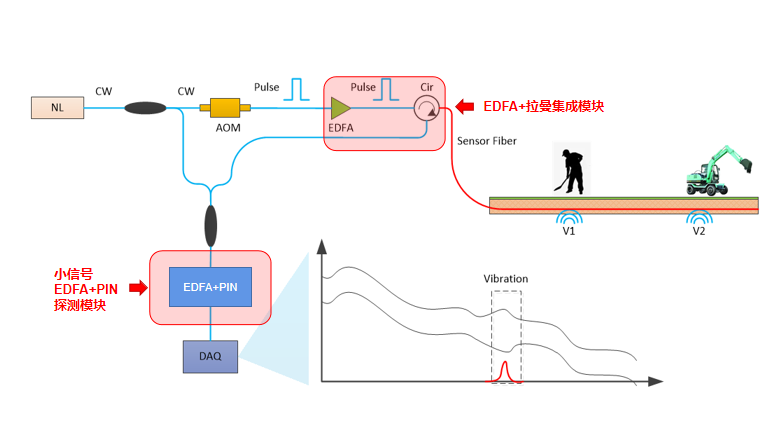
III. Technical characteristics
- Long measuring distance: the detection distance can reach more than 60km, and can precisely locate the intrusion point and leakage point.
- Real-time: The system monitors the micro-vibration of the area to be measured in real time for 7×24 hours, and finds and locates the temperature anomaly in time to achieve early warning.
- Continuous distributed measurement: multi-point multi-event monitoring can be achieved simultaneously, and they do not affect each other, and the part before the breakpoint can still work normally after the fiber is broken, with strong resistance to destruction.
- Ultra-high accuracy and sensitivity: system parameters are configured according to the environment, standard communication fiber optic cable can be used directly, and the monitoring area is divided according to the site.
- Fast response: scan cycles as low as 1s.
- Excellent stability: outdoor communication fiber optic cable is the sensor parts, can be used in the wind and rain, lightning and other dangerous and acid and alkali and other harsh environments, adapt to a variety of harsh environments
- Excellent electromagnetic insulation, not subject to electromagnetic interference, the nature of lightning: the sensing fiber used its material is quartz, completely insulated, not affected by lightning strikes; the frequency band of the laser pulse transmitted in the fiber is much higher than the frequency band of the electromagnetic field, completely unaffected by electromagnetic interference, even if working in a strong electromagnetic field environment is completely unaffected.
- Intrinsically safe: Using pure fiber optic sensing, no electrical sparks are generated at all, and the average power of the laser pulses transmitted in the fiber is so low that even if the fiber is broken, there is no danger.
- Simple construction and easy maintenance: The armored optical fiber has excellent compressive and tensile strength, so it is easy and simple to construct.
- Highly intelligent, easy to realize unattended: the system can send reports to the direct person in charge via SMS and Internet when abnormalities are detected. Open design for easy data management and on-site control.
IV. Technical specifications
| Parameter Name | Performance Indicators |
|---|---|
| Fiber Type | Single-mode fiber G652 |
| Number of channels | 1/2 |
| Detecting the length of fiber optic cable | 60KM / Channel |
| Link Loss Tolerance | 10dB |
| Signal-to-noise ratio | >=9dB |
| Frequency Response Range | 40KM,5Hz-1000Hz(Detection distance related) |
| Positioning accuracy | 5m |
| Operating temperature | -10°C-55°C |
| Working humidity | <90%RH |
| Response time | <1s |
V. System components
| Module Images | Product Name | Model and Description |
|---|---|---|
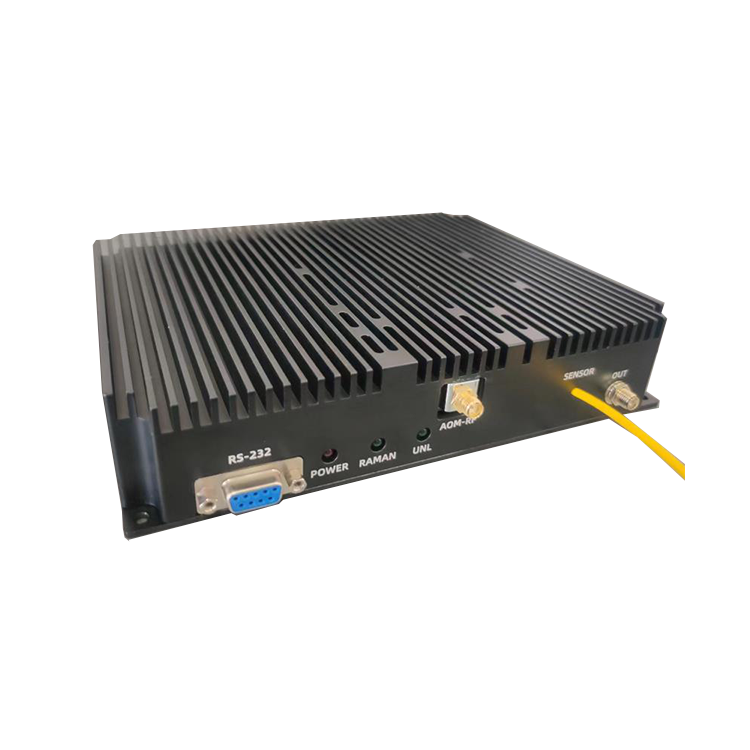 |
Fiber optic vibration monitoring DVS integrated module | Distance: 20km/40km, Number of channels: 1; DVS integrated module integrates 3K narrow linewidth fiber laser, AOM acousto-optic modulator, pulsed EDFA, optical circulator, Raman amplifier, high signal-to-noise ratio detection module, only need to match a high-speed data acquisition card to form a set of DVS distributed vibration measurement system |
 |
DAS Fiber Optic Acoustic Monitoring Module | Distance: 20km/40km, Number of channels: 1; DAS integrated module integrates a 3K narrow linewidth fiber laser, AOM acousto-optic modulator, pulsed EDFA, optical circulator, Raman amplifier, high signal-to-noise ratio detection module, only need to match a high-speed data acquisition card to form a set of DAS distributed acoustic monitoring system |
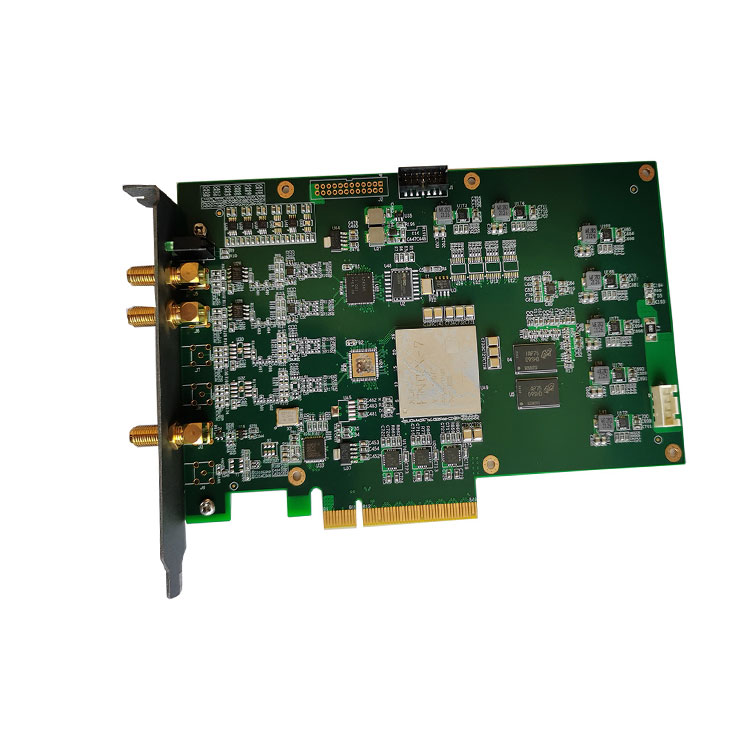 |
High-speed data acquisition card for DVS | 100MSps sampling rate, 14bits, DVS dedicated capture card with exponential amplification, averaging, filtering, power statistics and other algorithms |
 |
Distributed fiber optic vibration DVS/DAS hardware all-in-one | The DVS/DAS hardware all-in-one is the hardware part of the distributed fiber optic vibration sensing system. All hardware is integrated into a 3U case, except for laying the detection cable in the field, so the user only needs to purchase a fiber optic cable; then you can focus on the software development of the sensing system. |
VI. Typical applications
This system can be widely used in the fields of important places to prevent intrusion, important projects to prevent damage, important resources to prevent theft, early warning of dangerous events, and monitoring and checking of communication resources. Examples are as follows.
1, important places anti-intrusion: oil, petrochemicals, chemicals, power plants, prisons, banks, museums, airports, radar stations, ports, borderline, scenic spots, military bases, ammunition depots, large villa areas and other areas of perimeter security, illegal intrusion, illegal overturning monitoring;
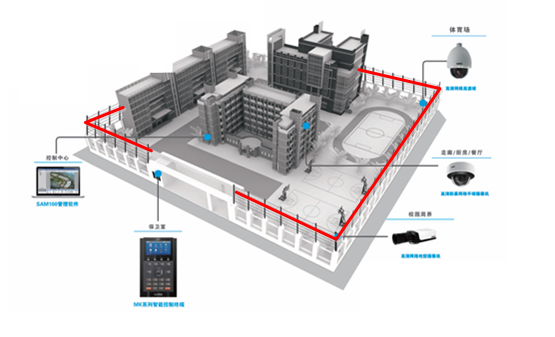
2, important projects to prevent damage: underground integrated pipeline corridor, cable trench, communication cable tunnel, subway tunnel and other underground projects near the excavator excavation, pile-driving machine piling and other illegal construction monitoring;
3, important resources to prevent theft: illegal excavation of oil and gas pipelines, perforation of oil and gas theft, monitoring of pipeline leakage; power cables to prevent theft, etc;
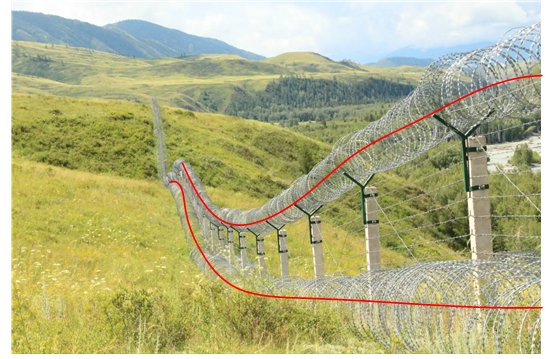
4, early warning of dangerous events: early warning of geological hazards such as landslides and roadway collapse; monitoring of the running state of trains, early warning of damage to rigid structures such as tracks;
5、 Monitoring and checking of communication resources: monitoring of communication fiber optic cable lines, line direction checking, etc.
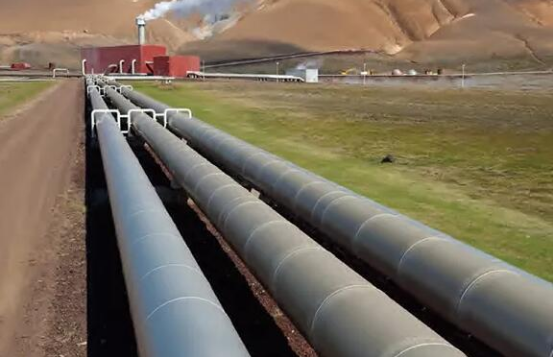
Ⅶ .How is the distributed fiber optic vibration monitoring fiber optic cable laid?
Distributed fiber optic vibration monitoring system consists of the host and sensing fiber, so the sensing fiber should be laid?
According to the different environments of the monitoring site, the installation and deployment of outdoor sensing fiber optic cable is mainly divided into several deployment methods, such as fence deployment, buried deployment, fence deployment and pipeline monitoring deployment.
Below we illustrate the pictures according to the different ways:
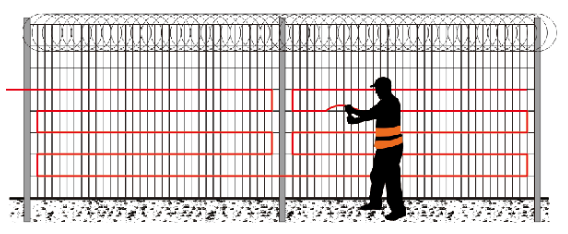
Figure 1, fence laying
When the deployment environment is in the way of a fence, our sensing fiber can be laid in this zigzag pattern. As shown in Figure 1 above.
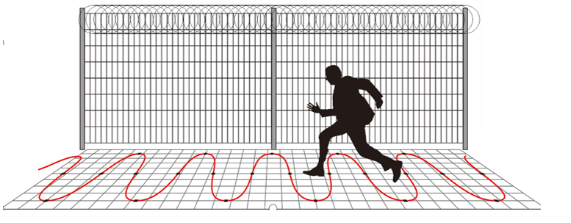
Figure 2 Buried laying
